Saffron contains compounds like crocin and safranal, which have antioxidant properties. Antioxidants help protect cells from oxidative stress and damage.
Saffron, derived from the Crocus sativus flower, is a spice known for its distinct flavor, color, and potential health benefits.
Benefits of Zaffran
Some of the reported benefits of saffron include:
Antioxidant Properties: Saffron contains compounds like crocin and safranal, which have antioxidant properties. Antioxidants help protect cells from oxidative stress and damage.
Mood Enhancement: There is some evidence to suggest that saffron may have mood-enhancing effects and could potentially help alleviate symptoms of mild to moderated pression. However, more research is needed to confirm these effects.
Anti-Inflammatory Effects: Saffron has been studied for its potential anti-inflammatory properties, which may be beneficial for conditions related to inflammation.
Improves Memory: Some research indicates that saffron may have positive effects on memory and cognitive function, making it an area of interest for neurological research.
Aphrodisiac Properties: Traditional uses of saffron include its reputation as anaphrodisiac. It has been associated with potential benefits for sexual health.
Regulation of Appetite: Saffron may have an appetite-regulating effect and has been studied for its potential role in weight management.
Eye Health: The antioxidant properties of saffron may contribute to eye health, and some studies suggest it could have protective effects against age-related macular degeneration.
Potential Cancer Prevention: Some research suggests that saffron may haveanticancer properties, but more studies are needed to establish its effectiveness in cancer prevention.
Dosage
The dosage of saffron can based on the specific purpose for its use and individual factors. Saffron is a potent spice, and excessive consumption can have adverse effects.
Culinary Use: In cooking, a small amount of saffron is usually sufficient to add color and flavor to dishes. Typically, a pinch or a few threads (around 20 mg) can be used for a recipe serving 4-6 people.
For Mood Enhancement: In studies exploring saffron’s potential mood-enhancing effects, doses ranging from 15 mg to 30 mg per day have been used.
Ingredients of saffron:
The primary bioactive compounds found in saffron include:
Crocin: Responsible for saffron’s characteristic color. It is a carotenoid pigment with antioxidant properties.
Safranal: Contributes to the aroma of saffron and is formed from the breakdown of picrocrocin during the drying process. Picrocrocin: This compound is responsible for the bitter taste of saffron. When saffron is steeped or cooked, picrocrocin breaks down into safranal and glucose, reducingthe bitterness.
Carotenoids: Saffron contains various carotenoids, including beta-carotene, which is a precursor to vitamin A.
Flavonoids: Saffron contains several flavonoids, which are known for their antioxidant properties.
Alpha-Crocin: A derivative of crocin, it contributes to saffron’s color and potential health benefits.
Volatile Oils: These oils, including safranal, are responsible for the aroma of saffron.

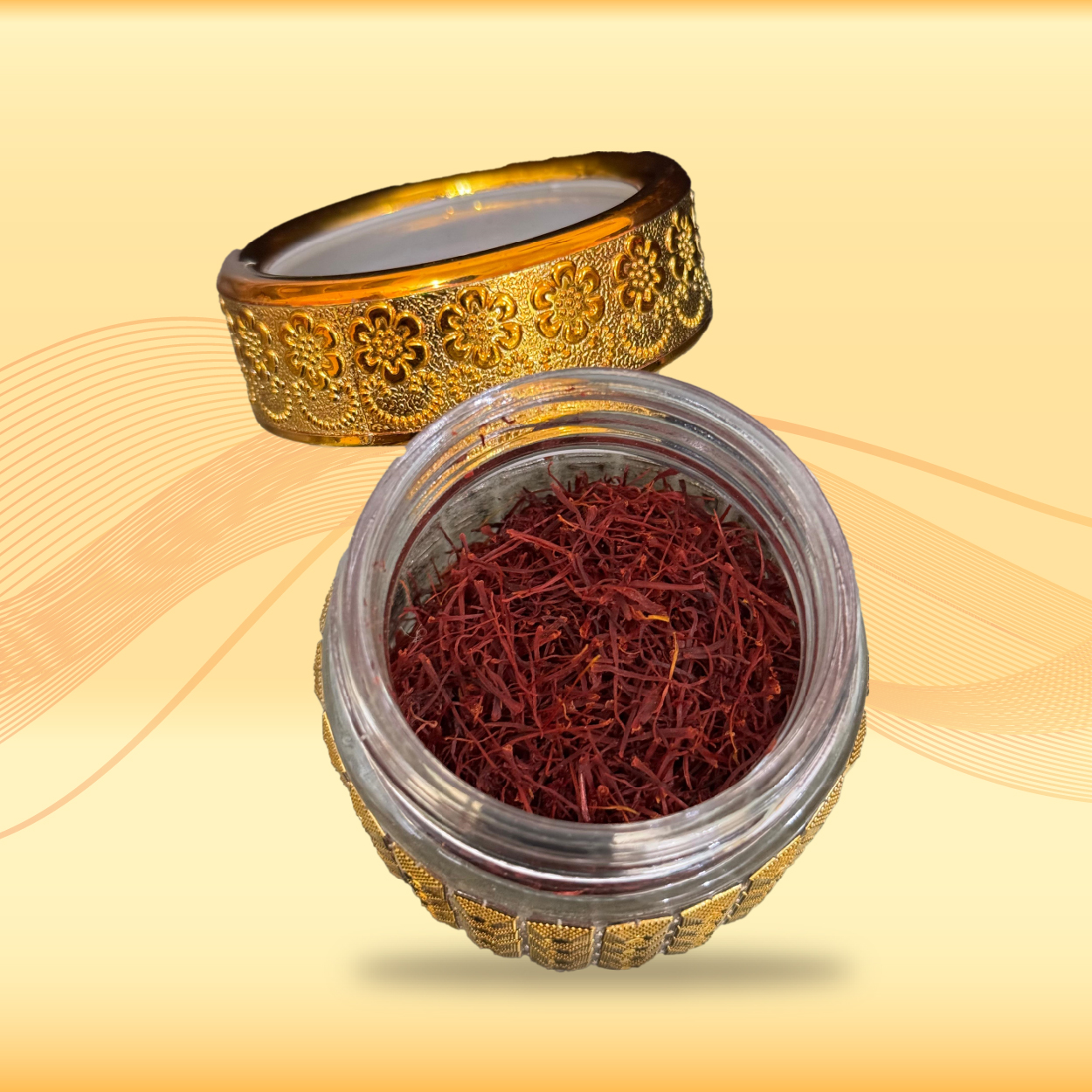
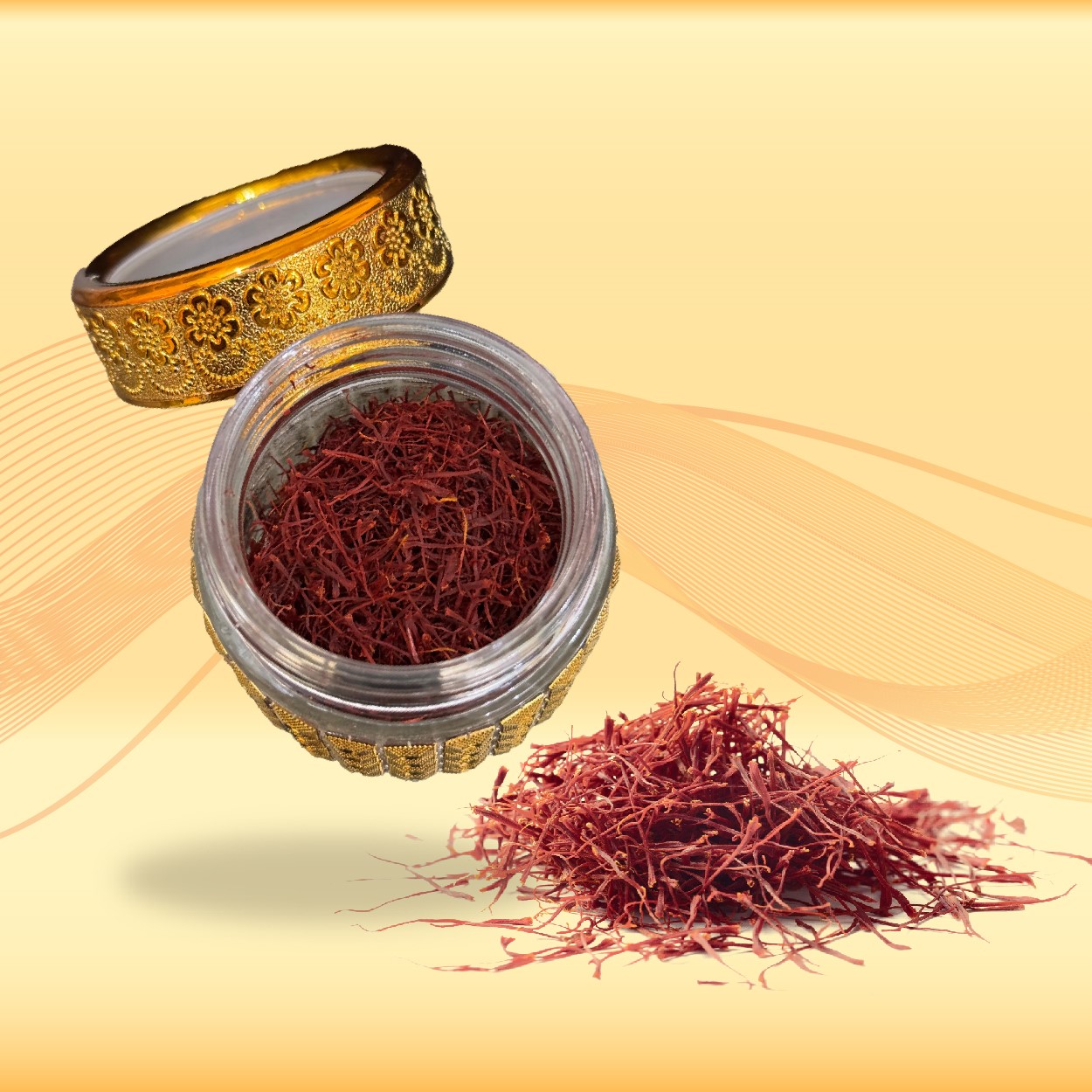
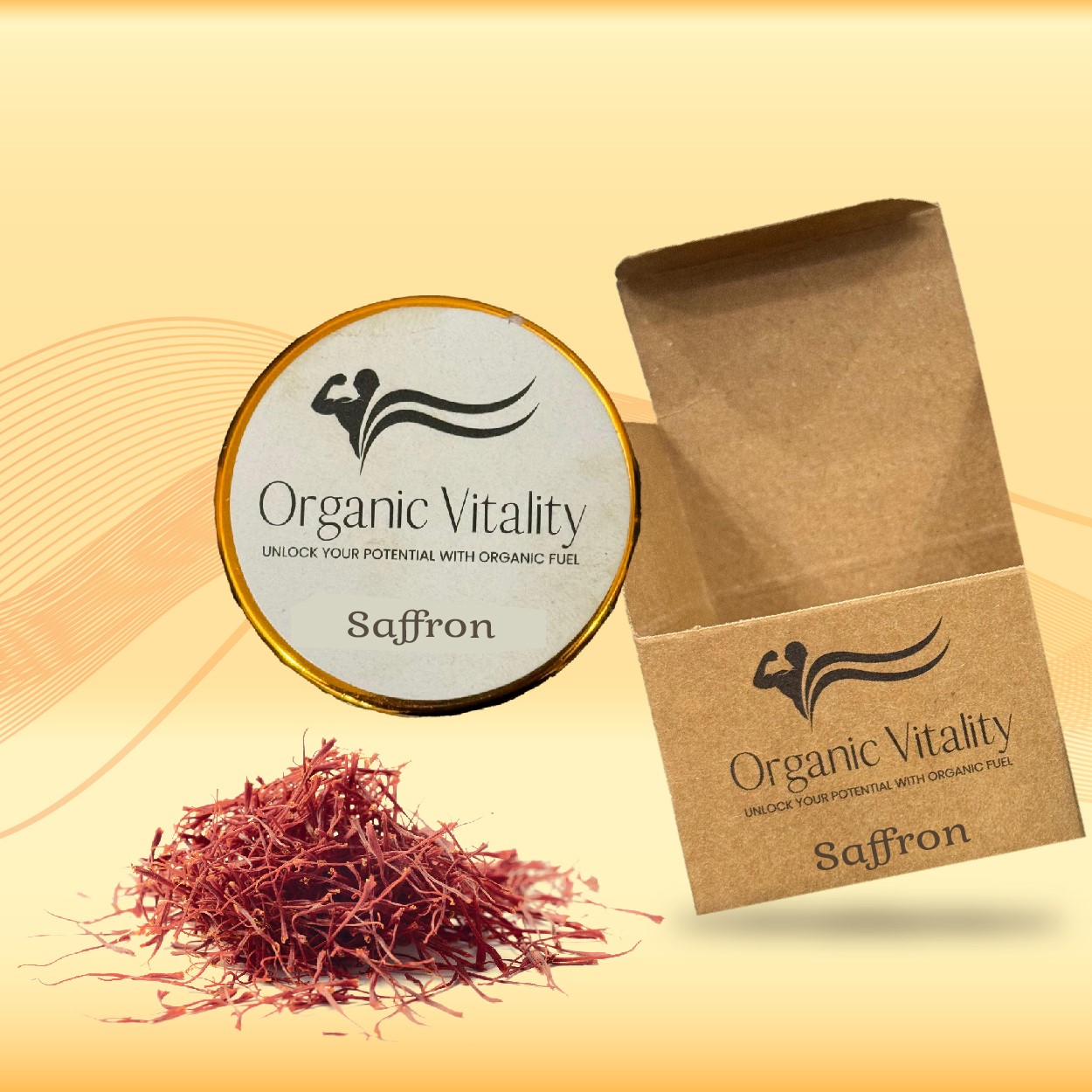
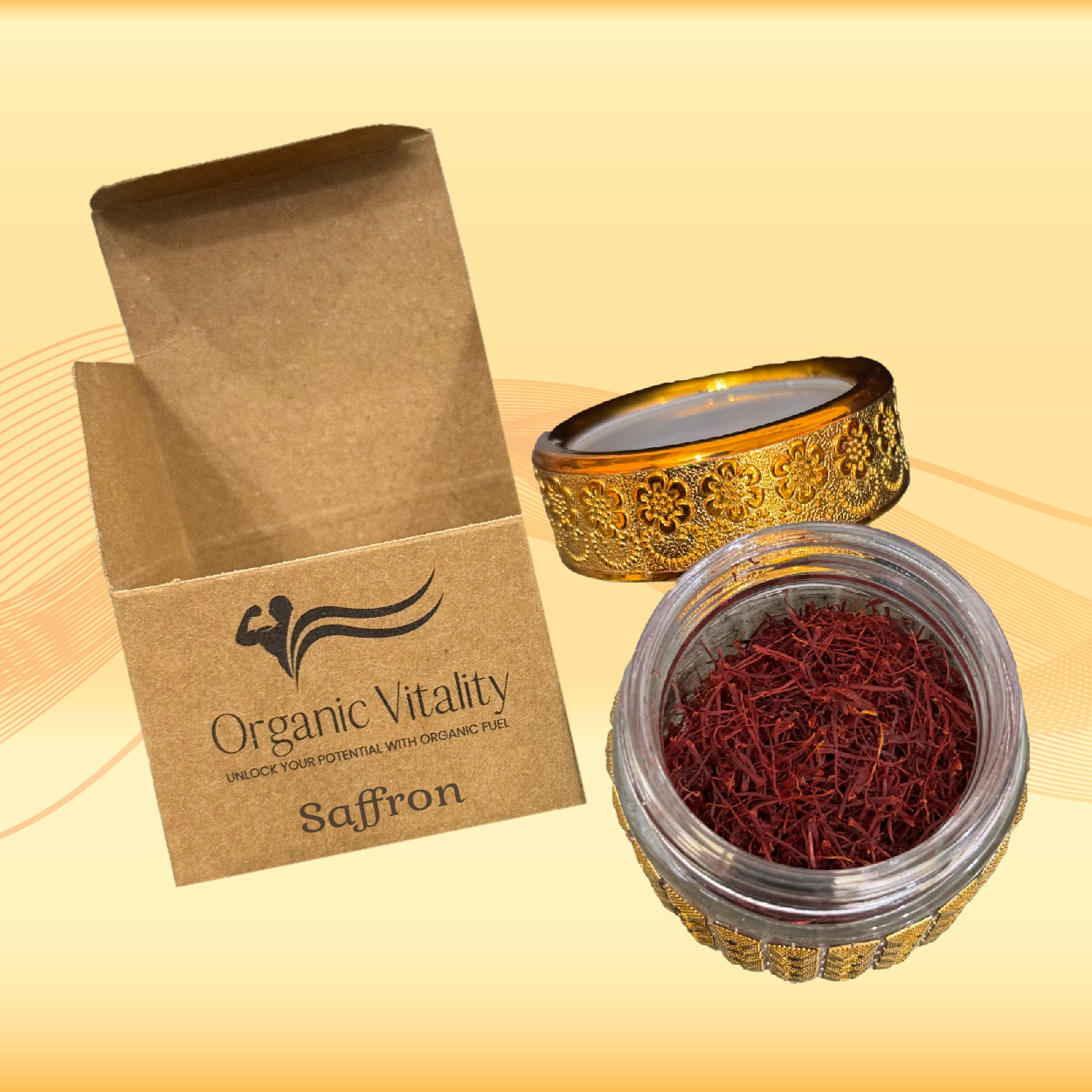
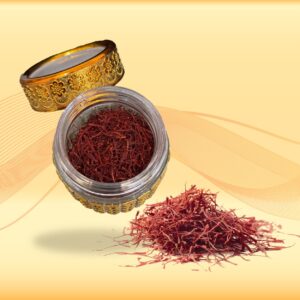
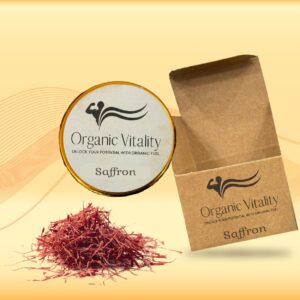
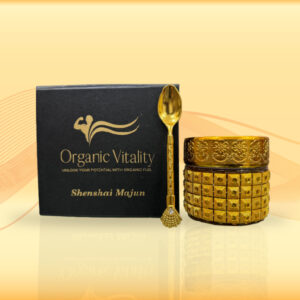
Reviews
There are no reviews yet.